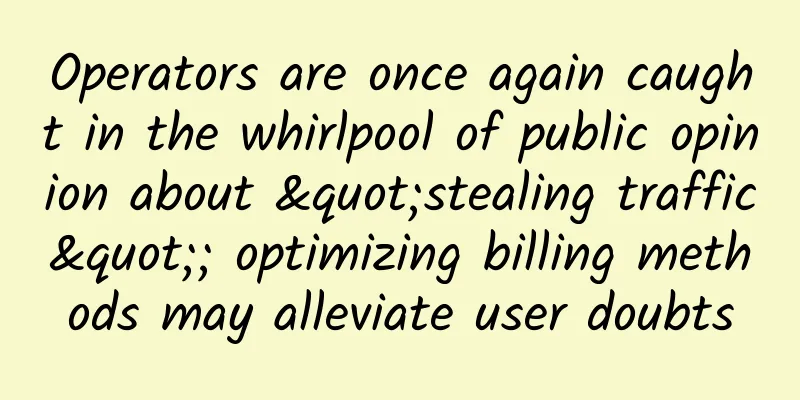Develop a comprehensive budget plan for your data center

|
Data center budget planning is a difficult task that often requires IT management to collaborate with executives, vendors, service providers, and data center administrators. The key to developing a comprehensive budget and getting it approved is to cover current, future, and emergency costs and justify each expense.
Enterprises can break down spending into three main areas: software licenses, hardware expansions, and data center maintenance contracts. One of the important budget items is software upgrades. Over the past 20 years, the software industry has moved to a subscription-based licensing model, which requires updates at least once a year. The main benefit of a subscription-based model is predictable costs. But it is important to note that you never actually own the software. Also, over time, the long-term costs can be higher than if you purchased it outright. During your budget, check to see if the vendor or reseller plans to change its subscription terms or pricing. Most businesses also have applications that use private software licensing. For these applications, businesses should also check when new versions are released, whether the new version is beneficial to the business, and how much the upgrade will cost. Another part of a software budget is a license compliance program, which is about confirming that the business has the correct number of legal software licenses for the software it uses. During this process, managers should reassess how many seats they need for specialized software and carefully examine how many seats they are paying for and whether the cost per seat will change in the next year. Hardware acquisition and expansion Almost all annual data center budgets include hardware acquisition costs, as organizations must continually replace aging hardware. In addition, organizations are likely to launch new workloads in the coming year, which may require data center infrastructure to support expanded processing needs, either on-premises or in the cloud. Additionally, a cloud-first strategy can complicate hardware procurement somewhat, as organizations will now need to invest in more on-premises hardware. However, the use of cloud technology is driving spending habits for data center infrastructure. “We are now seeing fairly strong growth in enterprise data center infrastructure spending, with the main catalysts being more complex workloads, hybrid cloud requirements, increased server functionality and higher component costs,” said John Dinsdale, senior analyst at Synergy Research Group. “We are not seeing enterprise earnings growth, but vendors are benefiting from significantly higher average selling prices.” During data center budget assessments, organizations should determine which workloads will continue to run on-premises and whether new or expanded hardware is required for those workloads. If workloads are being migrated to the cloud, IT managers must budget the cost of running the workloads in the cloud and include any licensing or subscription fees. Hardware Updates and Maintenance Most organizations have long-term hardware refresh policies, guidelines that dictate how often hardware should be replaced. This might mean replacing a server every five years, or replacing an uninterruptible power supply battery every two years. Regardless, IT managers can use their organization's refresh policy to justify hardware spending. Another consideration is the cost of drive refreshes. Some organizations have a policy of replacing drives every three to five years, and if that is the practice, the cost must be factored into the maintenance budget; administrators should provide management with the number of drives they want to replace, the cost of the new storage options, and any associated service cost estimates. Mandatory maintenance Maintenance costs are difficult to plan for because they vary from year to year, but they are an important part of data center operations. The most obvious maintenance cost is the vendor service level agreement, especially when the enterprise outsources facility maintenance or hardware management. Storage vendors, server vendors and value-added resellers usually require the purchase of annual maintenance contracts. The price of these contracts often changes from year to year, so it is important that the enterprise should identify any cost increases or service changes. Businesses must also set aside some money in their maintenance budget for unexpected repairs, such as a failed cooling unit or a faulty power connector. Capacity planning helps enterprises spend wisely Regardless of what's included in a data center budget, IT managers are likely to be asked to justify their spending plans. Enterprises can leverage capacity planning tools, such as eG Enterprise and Turbonomic, or data center infrastructure management software. These applications track growth and resource consumption and can help enterprises more accurately allocate IT resource spending. Managers can use capacity planning data to show that their data is not pulled out of thin air, but is based on valid consumption analysis. Capacity planning data also provides senior management with information to justify future expenditures and also helps the enterprise avoid spending money on unnecessary data center components or running out of resources. |
<<: Why does the wireless router need to be restarted? You will know after reading this
>>: Inspur Networks launches new data center products to build up new potential
Recommend
5G acceleration is inseparable from the coordination of software and hardware and industrial integration.
Faced with the sudden outbreak of the COVID-19 pa...
STM32 Network SMI Interface
[[377132]] 01 Introduction to Ethernet The Ethern...
CloudCone March Event: Los Angeles SSD VPS starting at $1.65 per month
CloudCone's Hashtag 2022 VPS Sale this month ...
Things about WKWebView on iOS
[[413463]] Background Students who are familiar w...
Verizon adds three new regions to its 5G mmWave service
Verizon's 5G millimeter wave network is now a...
User Datagram Protocol (UDP) in plain language
What is UDP? UDP is the abbreviation of User Data...
How to jointly build and share 5G networks?
[[379482]] This article is reprinted from the WeC...
Talk about the past and present of programmable network elements
[[402793]] This article is reprinted from the WeC...
Is the golden mean the way to go in data centers? CommScope's new products help maximize data center network effectiveness
[Original article from 51CTO.com] After years of ...
GreenCloudVPS: 50% off AMD Ryzen series VPS, available in Hong Kong/Japan/Singapore/USA
I recently received an email from GreenCloudVPS, ...
Start your digital transformation journey
[[402875]] Railways are the backbone of sustainab...
Network | How to design a billion-level API gateway?
The API gateway can be seen as the entrance for t...
How will the two major operators' competition to upgrade IPv6 affect me?
On May 21, at the 2018 Global Next Generation Int...
The Evolution of Ethernet: From 10BASE-T to 40GBASE-T and Beyond
The Evolution of Ethernet: From 10BASE-T to 40GBA...
Ma Xiaofang from Xunlei: I yearn for a manager who is like a "stabilizing force"
[51CTO.com original article] In order to pay trib...









